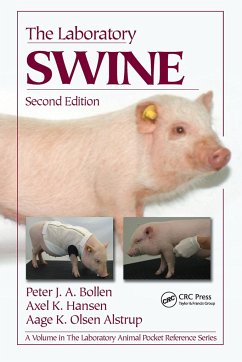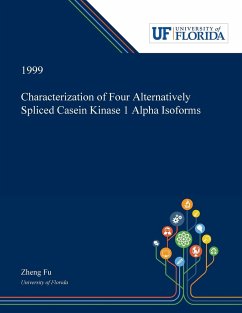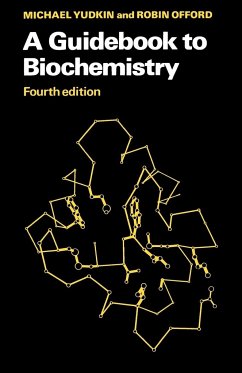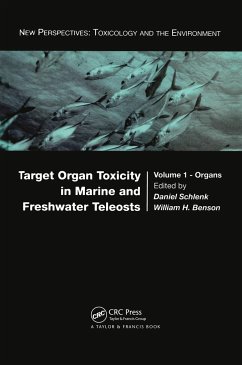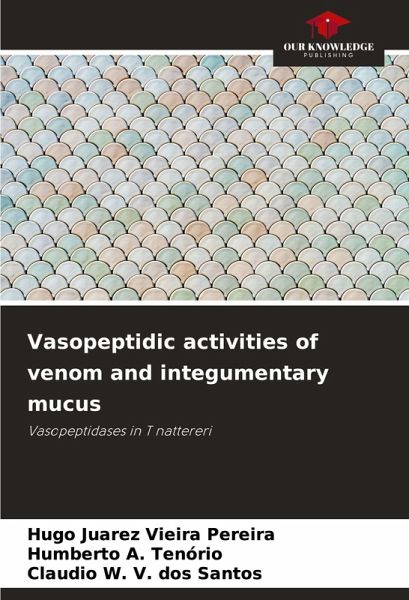
Vasopeptidic activities of venom and integumentary mucus
Vasopeptidases in T nattereri
Versandkostenfrei!
Versandfertig in 6-10 Tagen
27,99 €
inkl. MwSt.

PAYBACK Punkte
14 °P sammeln!
Thalassophryne nattereri is a small venomous fish that inhabits virtually the entire Brazilian coastline. It is a relatively frequent cause of accidents among fishing workers in the North and Northeast regions of Brazil, as well as among swimmers. Its venom causes an intense inflammatory reaction, followed by necrosis of the affected area, which persists for several days. As is usually the case with venoms, that of T. nattereri is a serous secretion, i.e., rich in proteins. Among these are several proteases and peptides, which have complex effects on the human body. The aim is to investigate t...
Thalassophryne nattereri is a small venomous fish that inhabits virtually the entire Brazilian coastline. It is a relatively frequent cause of accidents among fishing workers in the North and Northeast regions of Brazil, as well as among swimmers. Its venom causes an intense inflammatory reaction, followed by necrosis of the affected area, which persists for several days. As is usually the case with venoms, that of T. nattereri is a serous secretion, i.e., rich in proteins. Among these are several proteases and peptides, which have complex effects on the human body. The aim is to investigate these proteolytic activities, not only of the venom but also of the integumentary mucus of T. nattereri, in relation to collagenase activity, trypsin/chymotrypsin/elastase-II-like activity, and activity against the vasopptides angiotensin I, angiotensin II, and bradykinin. The venom showed no collagenase activity. None of the preparations showed chymotrypsin/elastase-II-like activity against chromogenic substrates. The venom showed angiotensin-converting activity against angiotensin I, as well as proteolytic activity against bradykinin (BK).



